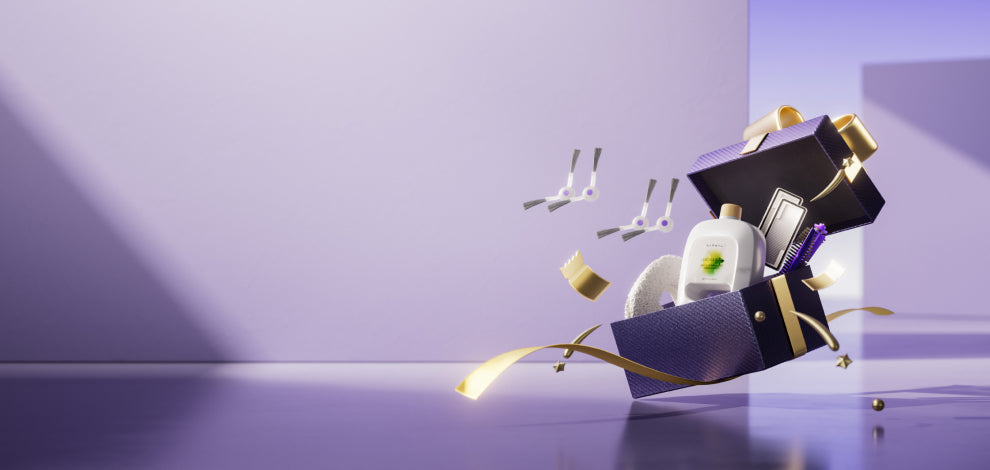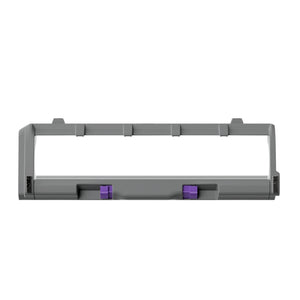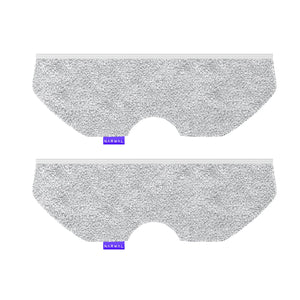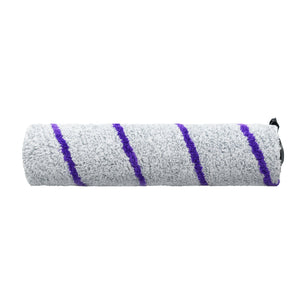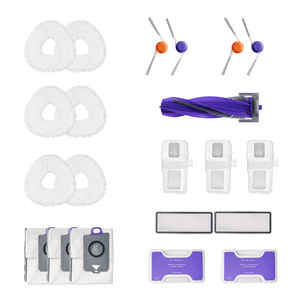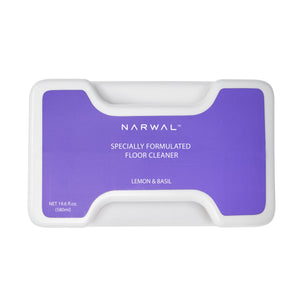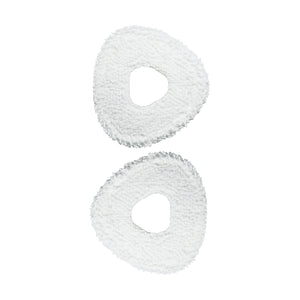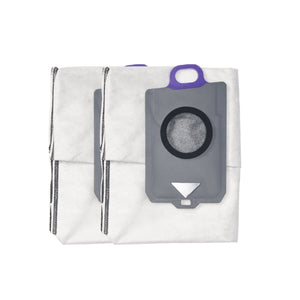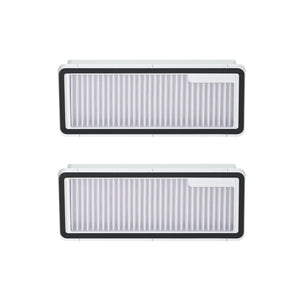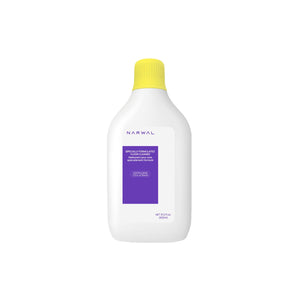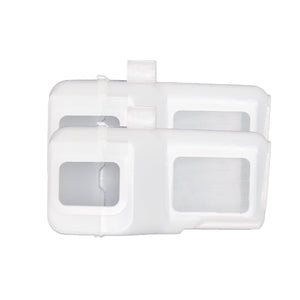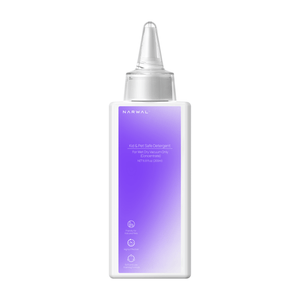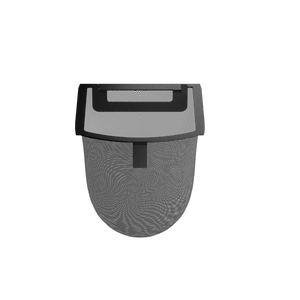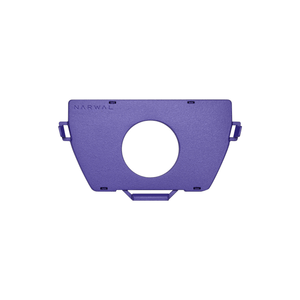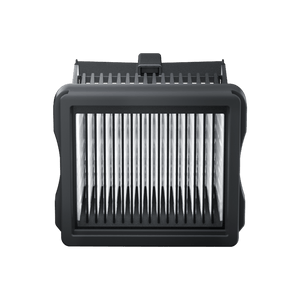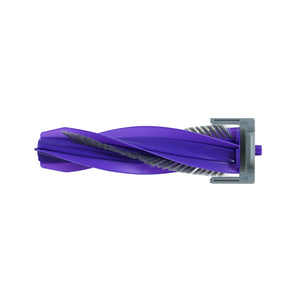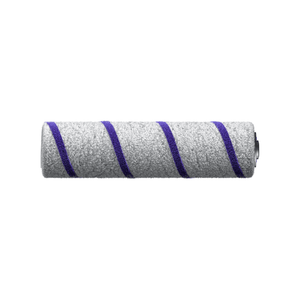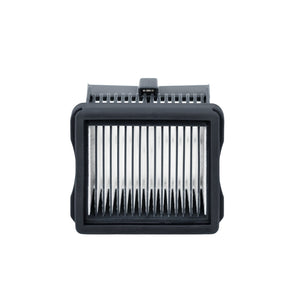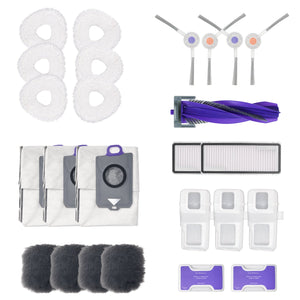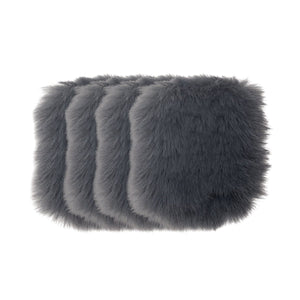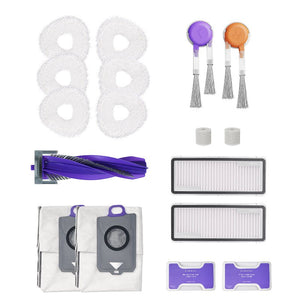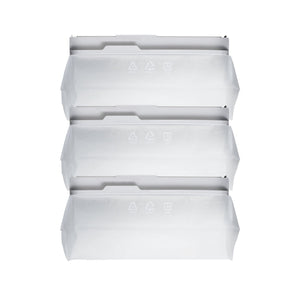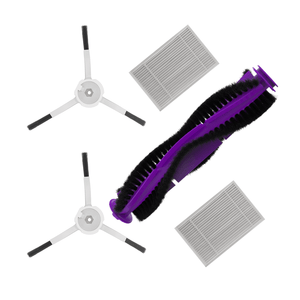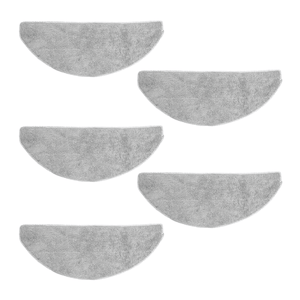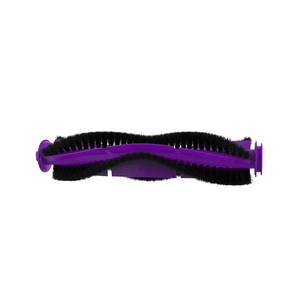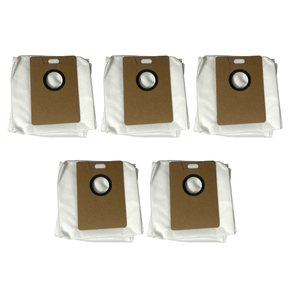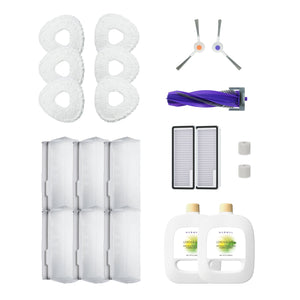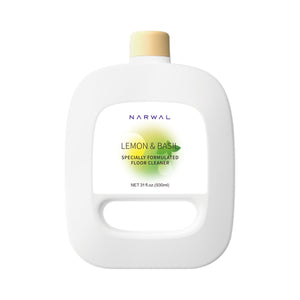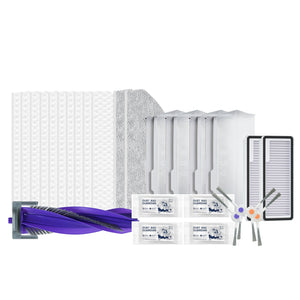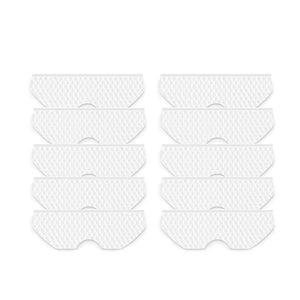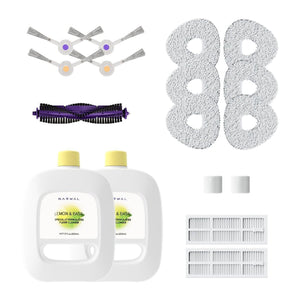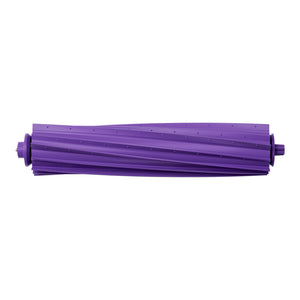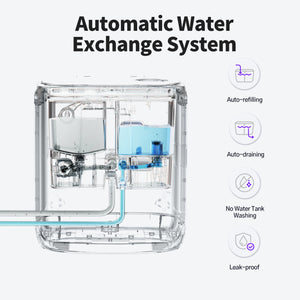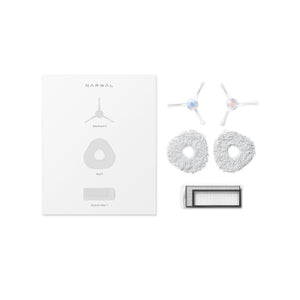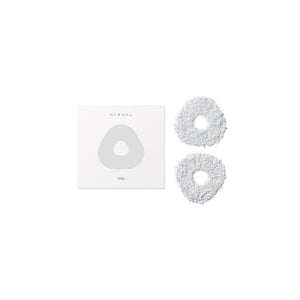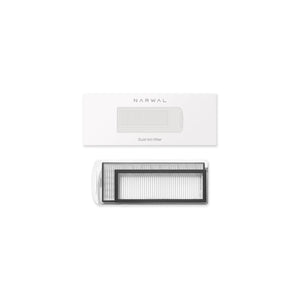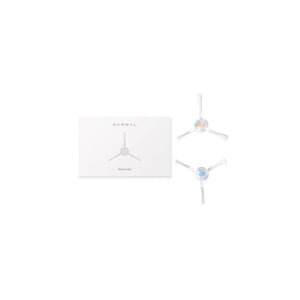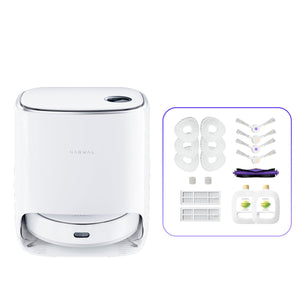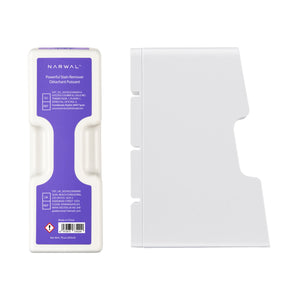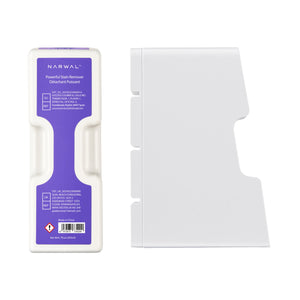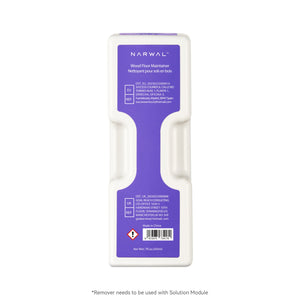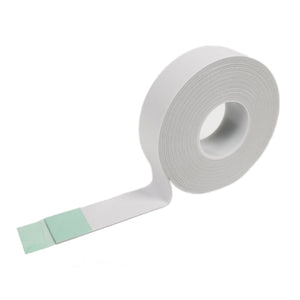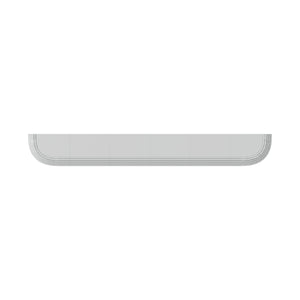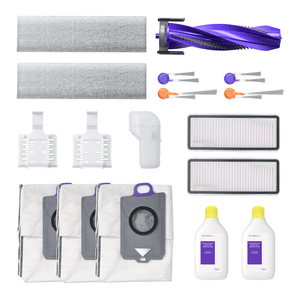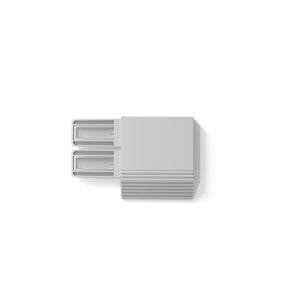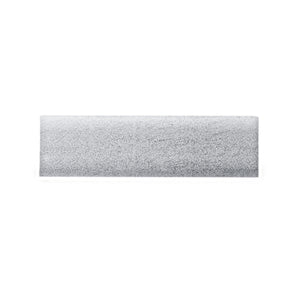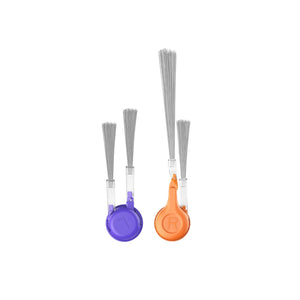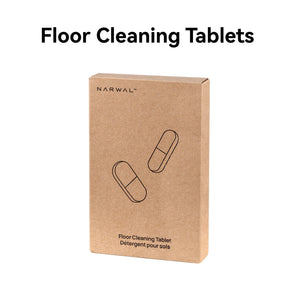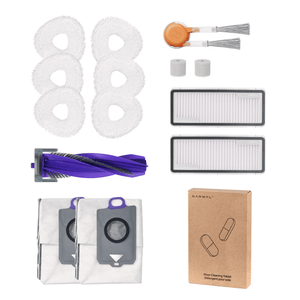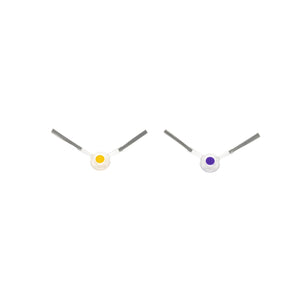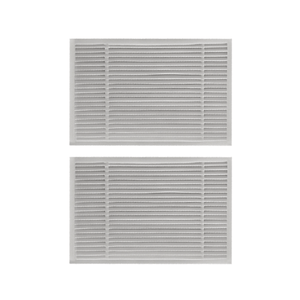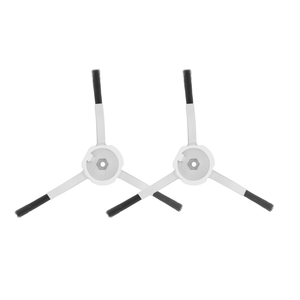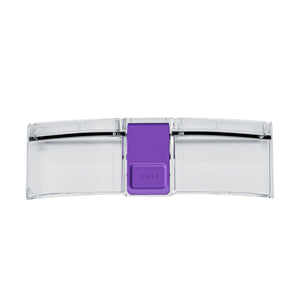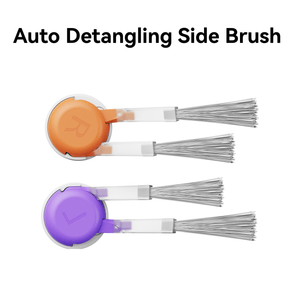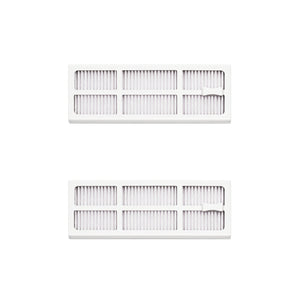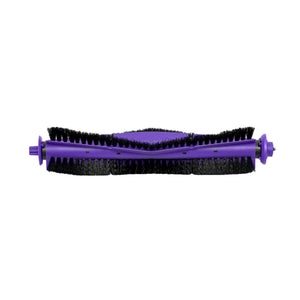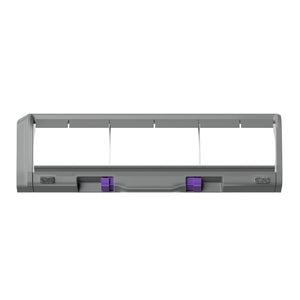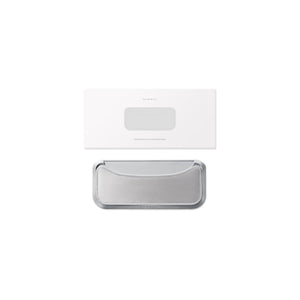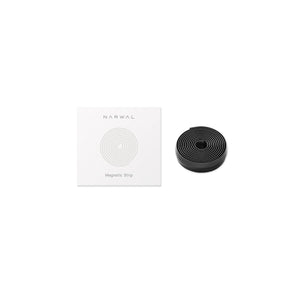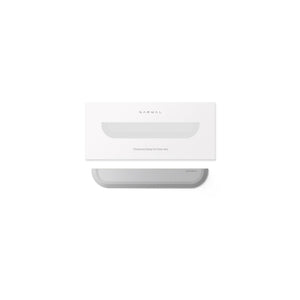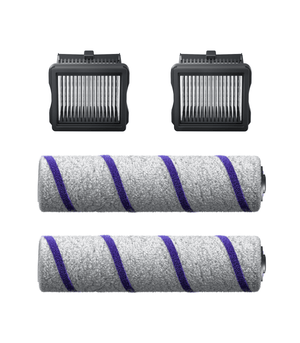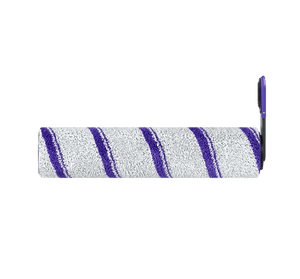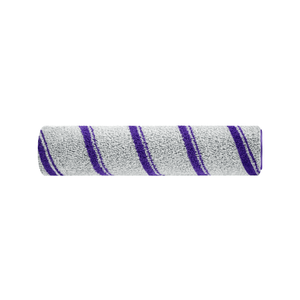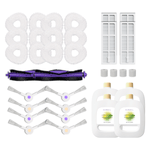Picking the right cleaning tool for your home matters. You might wonder if a dust mop or a vacuum cleaner is better for cleaning your floors. Both tools help you clean, but they work in different ways. This article will assist you in choosing the best one for you.
First, we will explain what a dust mop and a vacuum cleaner are, and how they are different. Then, we will look at the pros and cons of each tool, so you can see their strengths and weaknesses.
We will also compare them based on important factors like cleaning efficiency, how good they are for the environment, how easy they are to use, and their effect on health. We’ll also talk about the noise level of each tool and how well they work on different types of floors and in different spaces.
In the end, we'll aid you in picking the best option for your home. Let’s start and figure out which tool is right for you!
What is a Dust Mop?

A dust mop is a tool for cleaning floors by gathering dust and dirt. It has a long stick and a soft cleaning head, which is usually made of materials like microfiber or cotton. When you sweep the mop over the floor, it catches dust, dirt, and tiny trash pieces. The mop is light and simple to use, making it ideal for daily cleaning.
Prons and Cons of Dust Mop
|
Pros |
Cons |
|
Light in weight and simple to use |
Not good for deep cleaning |
|
Quick and convenient for daily cleaning |
Works only on hard floors, not carpets |
|
Effective on hard floors like wood, tile, vinyl |
Mop head needs frequent cleaning |
|
No need for electricity |
What is a Vacuum Cleaner?
A vacuum cleaner is a device that sucks up dirt, dust, and scraps from floors. It pulls dirt into a dust bag or container, which makes it more effective than a broom or dust mop. Vacuums are great for deep cleaning and can clean both hard floors and carpets. There are various kinds of vacuums, like upright ones, canister ones, and robot ones, each having unique features for cleaning different spots.
Pros and Cons of Vacuum Cleaner
|
Pros |
Cons |
|
Strong suction for deep cleaning |
Heavier than a dust mop |
|
Works on both hard floors and carpets |
Needs electricity to operate |
|
Picks up large debris |
Can be noisy depending on the model |
|
Some models have extra attachments for different tasks |
Requires regular maintenance (emptying bag, cleaning filter) |
|
Great for homes with pets or allergies |
What is a VacMop?
A VacMop is a cleaning device that combines the suction power of a vacuum with the wiping function of a mop. It can simultaneously pick up dirt, dust, and debris while mopping the floor with a damp pad. VacMops are typically designed for hard floors and are ideal for fast, all-in-one cleaning routines. They are especially useful in homes where daily clean-ups are needed but time and effort are limited.
Pros and Cons of VacMop
Pros
-
Combines vacuuming and mopping in one step
-
Quick and convenient for everyday cleaning
-
Lightweight and easy to maneuver
-
Ideal for sealed hard floors like tile, vinyl, laminate, or hardwood
-
Saves time compared to using a separate vacuum and mop
-
Great for small spaces and busy households
Cons
-
Not effective on carpets or rugs
-
Disposable pads may add ongoing costs
-
Less powerful than traditional vacuum cleaners for deep cleaning
-
Smaller tanks may require frequent refills
-
Not suitable for cleaning heavy spills or sticky messes
Best For
-
Homes with only hard floors
-
Families with kids or pets needing quick daily clean-ups
-
Small apartments or tight spaces
-
People looking for a low-maintenance cleaning solution
Which Cleaning Tool Is Right for You?
Now that we’ve looked at what dust mops, vacuum cleaners, and VacMops are—along with their pros and cons—it’s helpful to see how they stack up side by side. The chart below compares these three tools across the most important features that matter when choosing the right cleaning solution for your home.
Dust Mop vs Vacuum vs VacMop: Side-by-Side Comparison
|
Feature |
Dust Mop |
Vacuum Cleaner |
VacMop |
|
Works on carpets |
No |
Yes |
No |
|
Works on hard floors |
Yes |
Yes |
Yes |
|
Deep cleaning ability |
Low |
High |
Medium |
|
Requires electricity |
No |
Yes |
Yes |
|
Eco-friendliness |
High |
Low to Medium |
Medium |
|
Suitable for pet hair |
No |
Yes |
Yes (light messes) |
|
Noise level |
Silent |
Can be loud |
Quieter than most vacuums |
|
Maintenance level |
Low |
Medium to High |
Medium |
|
Best for daily light cleaning |
Yes |
No |
Yes |
|
Suitable for allergy sufferers |
No |
Yes (with HEPA filter) |
Limited |
|
Best use case |
Light, quick touch-ups |
Full home deep cleaning |
All-in-one for hard floors |
|
Cleaning solution needed |
Optional (water only) |
No |
Yes (in some models) |
Cleaning Efficiency: Dust Mop Vs. Vacuum
A dust mop works well for fast, light cleaning. It’s easy to use and effective at picking up dust and small debris on hard floors like wood, tile, and vinyl. The mop head, often made of microfiber, traps dust well. However, it struggles with larger messes, sticky stains, and deep cleaning tasks. It’s best for daily touch-ups but not for heavy-duty cleaning.
A vacuum cleaner, instead, is made for deep cleaning. It has powerful suction to grab dust, pet hair, crumbs, and big debris. Vacuums clean both hard floors and carpets efficiently, pulling dirt from deep within fibers. While it requires more setup and electricity, it is far more effective for homes with pets or heavy foot traffic.
For light, daily cleaning, a dust mop is fast and convenient. For deep cleaning, especially in houses with pets or carpets, a vacuum cleaner works better.
Green Cleaning: Dust Mop Vs. Vacuum

For green cleaning, the dust mop is the more eco-friendly option. It doesn’t require electricity and can be reused for a long time, reducing waste. A microfiber dust mop only needs water, avoiding the need for chemical cleaners, which makes it a sustainable choice.
In contrast, vacuum cleaners require electricity, which increases energy consumption. Some models use disposable dust bags, adding to waste. However, vacuums with HEPA filters can be better for air quality, especially in homes with allergies. While not as eco-friendly as a dust mop, newer vacuum models are more energy-efficient.
A dust mop is the best choice for eco-friendly cleaning. If deep cleaning is needed, a vacuum cleaner with a HEPA filter is a good alternative, though it consumes more energy.
Ease of Use: Dust Mop Vs. Vacuum
A dust mop is lightweight, easy to handle, and requires no electricity. It’s perfect for quick, regular clean-ups and is low-maintenance. However, it’s limited to light dusting and struggles with larger messes or tight spaces.
A vacuum cleaner is more complex. It requires electricity and sometimes attachments, but it offers a deeper clean. While it may take more time to set up, it’s better for cleaning carpets and hard-to-reach areas.
A dust mop is quick and easy for light cleaning, while a vacuum cleaner is more effective for thorough cleaning but requires more effort.

Health Considerations: Dust Mop Vs. Vacuum
A dust mop can be a good choice for those concerned about allergens. It picks up surface dust, which helps reduce the amount of dust in the air. However, it doesn’t filter the air, and any dust it collects remains on the mop head, potentially getting back into the environment if not properly cleaned.
A vacuum cleaner with a HEPA filter is a better choice for homes with allergies or asthma. It catches dust, pet hair, and allergens in the filter, stopping them from going back into the air. This makes it more effective at improving air quality. Additionally, vacuums are better at removing dirt and allergens from deep within carpet fibers, making them a more thorough solution for health-conscious cleaning.
For improving air quality and reducing allergens, a vacuum cleaner with a HEPA filter is the best choice. A dust mop helps reduce surface dust but doesn’t filter the air.
Noise Level: Dust Mop Vs. Vacuum
A dust mop is completely silent. Since it doesn’t require any power or motor, you can use it any time of day without worrying about noise. This makes it ideal for quick clean-ups in quiet environments or homes with sleeping children or pets.
On the other hand, a vacuum cleaner can be noisy, especially older models. While newer models may be quieter, most vacuums still produce noticeable noise. This can be disturbing, especially in tiny rooms or homes where noise is a worry. However, the noise level is usually a trade-off for the more powerful cleaning it provides.
A dust mop is silent and great for quiet cleaning, while a vacuum cleaner is noisier but offers more powerful cleaning.
Performance on Different Floor Types: Dust Mop Vs. Vacuum
A dust mop works best on flat, hard floors like wood, tile, and vinyl. It moves smoothly over these surfaces, efficiently collecting dust and tiny bits. However, it struggles on carpeted surfaces or uneven floors, as it can’t reach dirt deep within carpet fibers or in cracks and crevices.
A vacuum cleaner, on the other hand, is versatile and performs well on various floor types. It can clean hard floors, carpets, rugs, and even upholstery with proper attachments. Vacuums are particularly effective on carpets, where they can pull dirt from deep within the fibers, which a dust mop cannot do. For homes with multiple floor types, a vacuum cleaner offers a more thorough clean across the board.
A dust mop is great for hard floors, but a vacuum cleaner excels on both hard floors and carpets, making it the better option for homes with multiple surfaces.

Space Performance: Dust Mop Vs. Vacuum
A dust mop is ideal for smaller spaces like apartments or homes. It's simple to move around furniture and tight corners, so it's great for quick clean-ups. In kitchens or commercial spaces, it offers a fast solution for surface dusting and takes up minimal storage space.
A vacuum cleaner, especially larger models, can be harder to use in tight spaces. In industrial or kitchen settings, vacuums may require more setup and attachments. However, they provide a more thorough clean in larger areas and are better for deep cleaning carpets and heavy dirt.
For smaller spaces like apartments and homes, a dust mop is quicker and easier. For larger areas or industrial spaces, a vacuum cleaner offers a more thorough clean.
Why Narwal Vacuum Is the Best Choice
The Narwal S30 Pro Wet Dry Vacuum takes cleaning power to a whole new level with 20,000Pa of suction and advanced edge-to-edge coverage. Designed for both wet and dry messes, it wipes out stubborn stains, pet hair, and spills in a single pass—making it the ideal cleaning tool for busy homes.
With built-in scissors and a dual-layer comb, tangled hair is sliced and cleared effortlessly. The device continuously rinses the mop with clean water and dispenses detergent automatically, ensuring you’re always cleaning with fresh water. Plus, the hygienic waste removal system allows you to toss out dirt and debris without ever touching the mess.
Thanks to its flat 180° reach and smooth turning ability, the S30 Pro glides effortlessly under furniture and around corners. Weighing just 9.6 lbs, it’s light to lift, easy to steer, and designed for comfort in every room.
Self-cleaning and drying functions reach up to 194°F, scrubbing every bristle and drying the mop, filter, and pipes to stay fresh and odor-free. With AI DirtSense technology, the vacuum automatically adjusts cleaning power based on how dirty the floor is—ensuring maximum efficiency with every use.
From hardwood floors to kitchen spills, the Narwal S30 Pro adapts to your needs with five intelligent cleaning modes. Its 60-minute runtime and 790ml clean water tank allow uninterrupted cleaning throughout your entire home.
Whether you need power, precision, or peace and quiet, the S30 Pro delivers it all—quietly operating at just 45dB while transforming your cleaning routine.
[cta:narwal-s30-pro-wet-dry-vacuum]
Conclusion: Making the Right Choice for Your Home
Picking the right cleaning tool relies on your needs. For quick, light cleaning in small spaces like apartments or homes, a dust mop is perfect. It's light, simple to use, and needs no setup.
However, if you need a deeper clean—especially in larger spaces or homes with pets—a vacuum cleaner is the better choice. It cleans deep into carpets and cracks, providing more thorough results.
Think about your home’s needs. Do you want something for daily quick clean-ups, or do you need a tool for tougher messes? Whether it’s the dust mop or vacuum, choose the one that fits your routine and provides the clean you need.
Choose wisely today and boost your cleaning!
How Often Should You Mop or Vacuum?
You should vacuum or mop at least once a week for general cleaning. If you own pets, have kids, or have busy areas, you might clean more frequently.
Related Reading: how often should i mop my floors
Mop or Vacuum First?
It’s best to vacuum first, especially on hard floors, to remove dust, dirt, and debris. Then, mop to give the floor a thorough clean.
Related Reading: should you vacuum or dust first
Which Tool is Better for Pet Hair?
A vacuum cleaner is better for pet hair as it has stronger suction to remove hair from carpets and furniture, while a dust mop may miss finer hairs.
Dust Mop vs Broom: Which is Better for Cleaning?
A dust mop is better for hard floors, as it captures dust and dirt without scattering it, while a broom can push debris around and leave dust behind.
What's the Distinction Between Dry Mopping and Sweeping?
Dry mopping employs a mop to gather dust and tiny bits on hard floors. Sweeping uses a broom to push dirt into piles but often leaves dust behind.
How to Dry Mop?
To dry mop, just slide the mop over the floor to pick up dust and debris. Ensure the mop head is clean before use, and shake out debris after each pass.
Can a VacMop Replace Both a Vacuum and a Traditional Mop?
Not entirely. While a VacMop handles light debris and surface dirt efficiently, it lacks the suction power of a full vacuum and the scrubbing ability of a traditional mop. It's a great supplemental tool for maintenance cleaning but not a complete replacement for tougher jobs.
Is a VacMop Good for Pet Hair?
A VacMop can handle light pet hair on hard floors, but it may struggle with larger amounts or deeply embedded fur in carpets. Homes with multiple pets or heavy shedding may still need a traditional vacuum for deep cleaning.
What's Better for Cleaning Laminate Floors: VacMop or Dust Mop?
For quick daily cleaning, both tools work well. However, a VacMop provides more thorough results since it picks up debris and wipes in one go. A dust mop is gentler and quieter, but may leave behind fine particles. If you want a deeper clean without chemicals, a VacMop with a reusable pad is ideal.
Shark VacMop vs Narwal – Which Is Better?
The Shark VacMop is compact and budget-friendly, ideal for small messes and daily use on hard floors. The Narwal S20 Pro, on the other hand, offers more advanced features like self-cleaning, stronger suction, AI-powered dirt detection, and drying. If you're looking for a premium, hands-free experience with better performance, Narwal is the better long-term investment.













